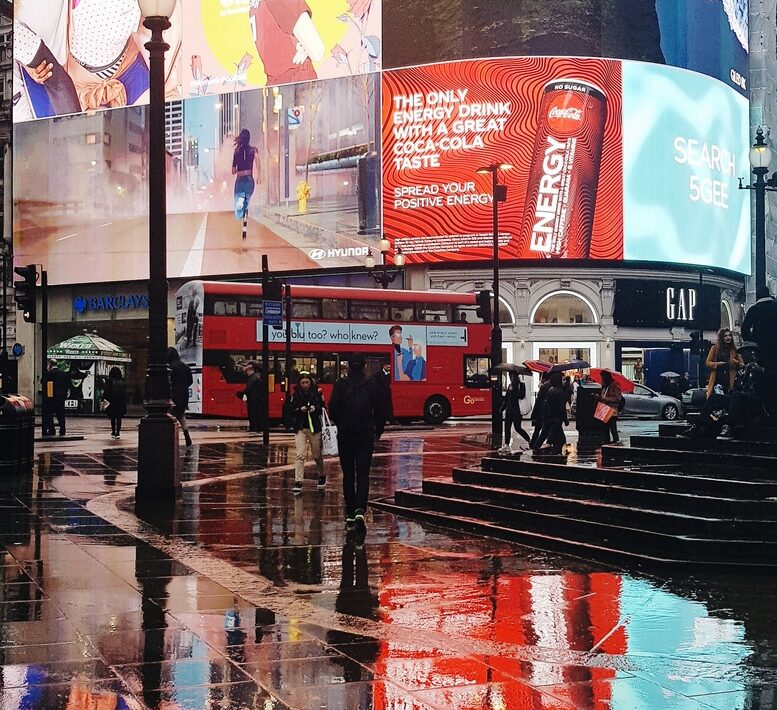Setting the Stage with Sound
The Elizabethan era (1558-1603) was a time of theatrical innovation, where every aspect of a performance contributed to the immersive experience. Among the many elements that brought the stage to life, music and sound played a pivotal role. From evoking emotions to enhancing the atmosphere, the strategic use of music and sound added a layer of depth and enchantment to Elizabethan theatre productions.
The Soundscape of the Theatre
Elizabethan theatres were bustling spaces where the sounds of the audience, the actors, and the music combined to create a rich tapestry of auditory experiences. Musicians, positioned in the tiring house or the galleries, played a variety of instruments such as lutes, recorders, and drums. These live musical accompaniments set the tone for each scene, guiding the audience through the emotional journey of the play.
Mood and Emotion
Music and sound were masterfully employed to convey mood and emotion in Elizabethan theatre. A lively tune could accompany joyful scenes, while mournful melodies set the tone for moments of sorrow. The interplay of music and dialogue heightened the impact of key moments, intensifying the audience’s emotional connection with the characters and their struggles.
Entrances and Exits
Music served as a signal for entrances and exits, enhancing the dramatic impact of characters’ appearances and departures. A flourish of music could herald the arrival of a monarch, a lover, or a villain, amplifying their presence on stage. Similarly, a well-timed musical cue could emphasize the departure of a character, leaving an impression that lingered in the minds of the audience.
Transition and Scene Changes
Transitions between scenes were seamlessly facilitated by music and sound. During scene changes, musicians would play tunes that matched the shifting mood and context of the upcoming scene. These interludes allowed the audience to process the previous events and mentally prepare for the narrative shifts, creating a sense of continuity and flow.
Spectacle and Special Effects
Music and sound were essential components of the spectacle in Elizabethan theatre. They accompanied elaborate stage effects, such as thunderstorms, battles, and supernatural occurrences. The use of sound effects, like drums for battles or eerie sounds for supernatural entities, heightened the visual impact and immersed the audience in the fantastical world of the play.
Enhancing Language and Dialogue
Music and sound were not mere embellishments; they were integral to the language and dialogue of the plays. Musicians could underscore important lines or moments, emphasizing their significance. Additionally, music could provide auditory cues that helped the audience understand the tone of a conversation, enhancing the clarity of the language.
Legacy in Contemporary Theatre
The role of music and sound in Elizabethan theatre left a lasting legacy that continues to influence contemporary performance. Modern theatre productions draw inspiration from this tradition, employing music and sound to heighten emotions, create atmosphere, and immerse audiences in the world of the play. Sound design and musical accompaniment remain essential tools for evoking responses and enhancing storytelling.
Conclusion
Music and sound were more than mere accessories in Elizabethan theatre; they were integral components of the theatrical experience. The strategic use of music and sound enriched the emotional depth of performances, guided the audience’s interpretation, and added an enchanting layer to the narrative. As we reflect on the role of music and sound in Elizabethan theatre productions, we recognize their enduring ability to transcend time and captivate audiences through the power of auditory storytelling.

